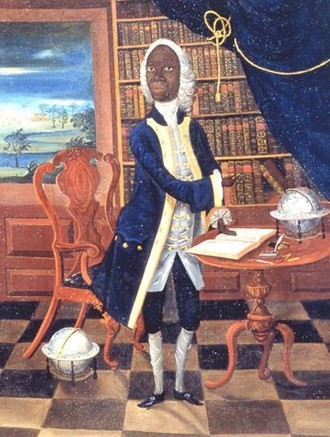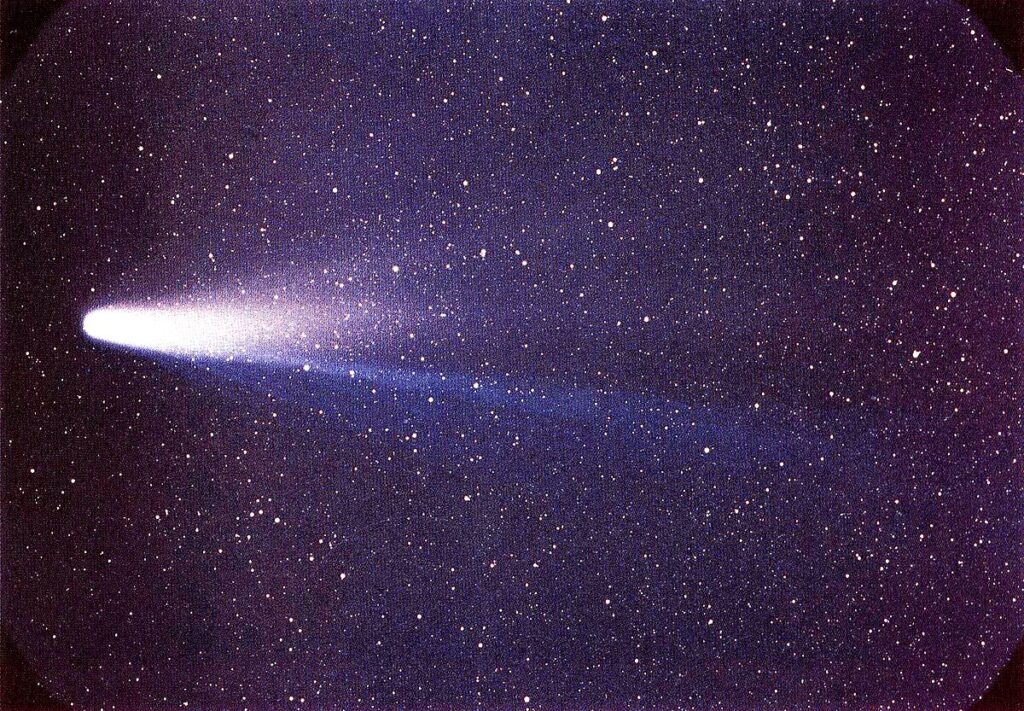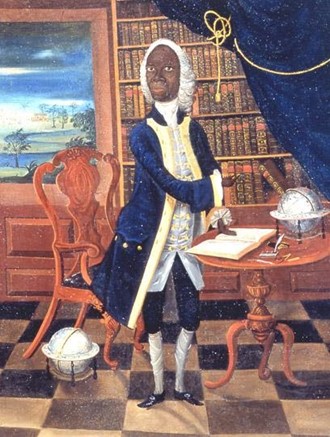
In the heart of the 18th century, a period rife with the degradation and enslavement of Black people across the British Empire, Francis Williams stood as a remarkable exception. Born free in Jamaica, Williams broke barriers as an intellectual, writer, and mathematician. He challenged the societal norms of his time, when Black people were largely regarded as property, not people. However, one of his most astonishing contributions to history has long been buried under layers of misunderstanding—his groundbreaking work in astronomy, which was captured in a portrait that was, for centuries, mistaken as a satire.
The Misinterpreted Portrait: From Satire to Scientific Genius
The portrait of Francis Williams, housed in London’s Victoria and Albert Museum, was long thought to mock its subject. The painting, which depicts Williams standing regally with his hand resting on an open book and surrounded by mathematical instruments, was believed to be a satirical jab. For years, scholars assumed it mocked Williams for aspiring to be a gentleman and scholar, mimicking the high-status Englishmen of the day. After all, how could a Black man in the 1700s, even a free one, be taken seriously in academic circles dominated by white Europeans?
But recent discoveries have shifted the narrative surrounding this artwork. It is now believed that Williams himself commissioned the painting in 1760—not as satire but as a deliberate and assertive statement of his brilliance as a trailblazing astronomer. Far from being a mockery, the painting immortalizes Williams’ scientific achievement: calculating and observing the trajectory of Halley’s comet over Jamaica in 1759, an event that validated Sir Isaac Newton’s groundbreaking theory of universal gravitation.

The Mathematical Breakthrough: Halley’s Comet and Newton’s Legacy
In 1705, astronomer Edmond Halley predicted that the comet that now bears his name would reappear in 1758-59. This event was eagerly anticipated by intellectuals across Europe because it would be the first real-world test of Newton’s theory of motion and gravity. When the comet reappeared as Halley had predicted, it became a defining moment in scientific history—a moment largely credited to European astronomers.
However, clues hidden within Williams' portrait suggest that he, too, played a significant role in this historic event. Newly uncovered details in the painting reveal a fascinating story: Williams used Newton’s Principia, specifically the third edition, to calculate the comet’s trajectory by referencing the constellations visible in the Jamaican sky. The page number of the book he is reading in the painting, along with an X-ray of the background showing a comet streaking across the sky, suggest Williams was not only a witness to Halley’s comet but also a participant in its study.
The X-ray analysis of the painting revealed a luminous white comet streaking across the window scene behind Williams, its path intersecting with stars that were visible in 1759. These discoveries, alongside Williams' use of complex mathematical instruments depicted in the portrait, underscore his role as an astronomer at a time when Black intellectuals were not credited with such feats.

The Background of Francis Williams: Breaking Boundaries
Francis Williams was born in Kingston, Jamaica, to free Black parents in a time when slavery was rampant in the Caribbean. His family, believed to be financially successful, likely played a crucial role in his ability to pursue an education—something few Black people were afforded in the 18th century. Williams was sent to England, where he studied at Cambridge, though there are disputes over whether he formally graduated. Nonetheless, he returned to Jamaica equipped with the intellectual prowess of a European scholar.
Back in Jamaica, Williams became a well-known figure. His literary skills led him to compose poetry in Latin, and he used his platform to challenge the prevailing belief that Black people were intellectually inferior. Williams founded a school for free Black children in Jamaica, offering them an education in Latin, mathematics, and other academic disciplines. His school was a testament to his commitment to advancing Black intellect and challenging the status quo.

The Significance of the Portrait: A Legacy of Defiance
In commissioning his portrait, Williams made a powerful statement about his place in the world. It was not only a declaration of his intellect and status but also an act of self-assertion in a time when Black people were enslaved and their achievements disregarded. Williams knew the power of image and legacy, and he used the painting as a way to record his own history—knowing full well that the future might try to erase or distort it.
The portrait’s initial misinterpretation as satire speaks to the racism and bias of subsequent generations. It reflects the discomfort many felt—and continue to feel—about recognizing Black achievement in periods where it was thought impossible. The very idea that a Black man in the 18th century could be a scholar, let alone an astronomer calculating the trajectory of a comet, was unfathomable to those who encountered his portrait.
Reclaiming Williams’ Legacy
It is only now, through modern research, that Williams' contributions to science and his place in intellectual history are being rightfully acknowledged. He is no longer just the subject of a misunderstood painting but a pioneering Black scientist whose work was as significant as his white contemporaries’. His calculated observations of Halley’s comet provide a powerful symbol of Black excellence in a world that sought to deny it.
In today’s context, Francis Williams stands as a symbol of resilience and intellectual brilliance. At a time when the world saw Black people as property, Williams saw himself as a scholar and immortalized that vision. His portrait now serves as a testament to his genius and his defiance of societal expectations. In a world that sought to erase Black brilliance, Francis Williams ensured his legacy would remain written in the stars.
